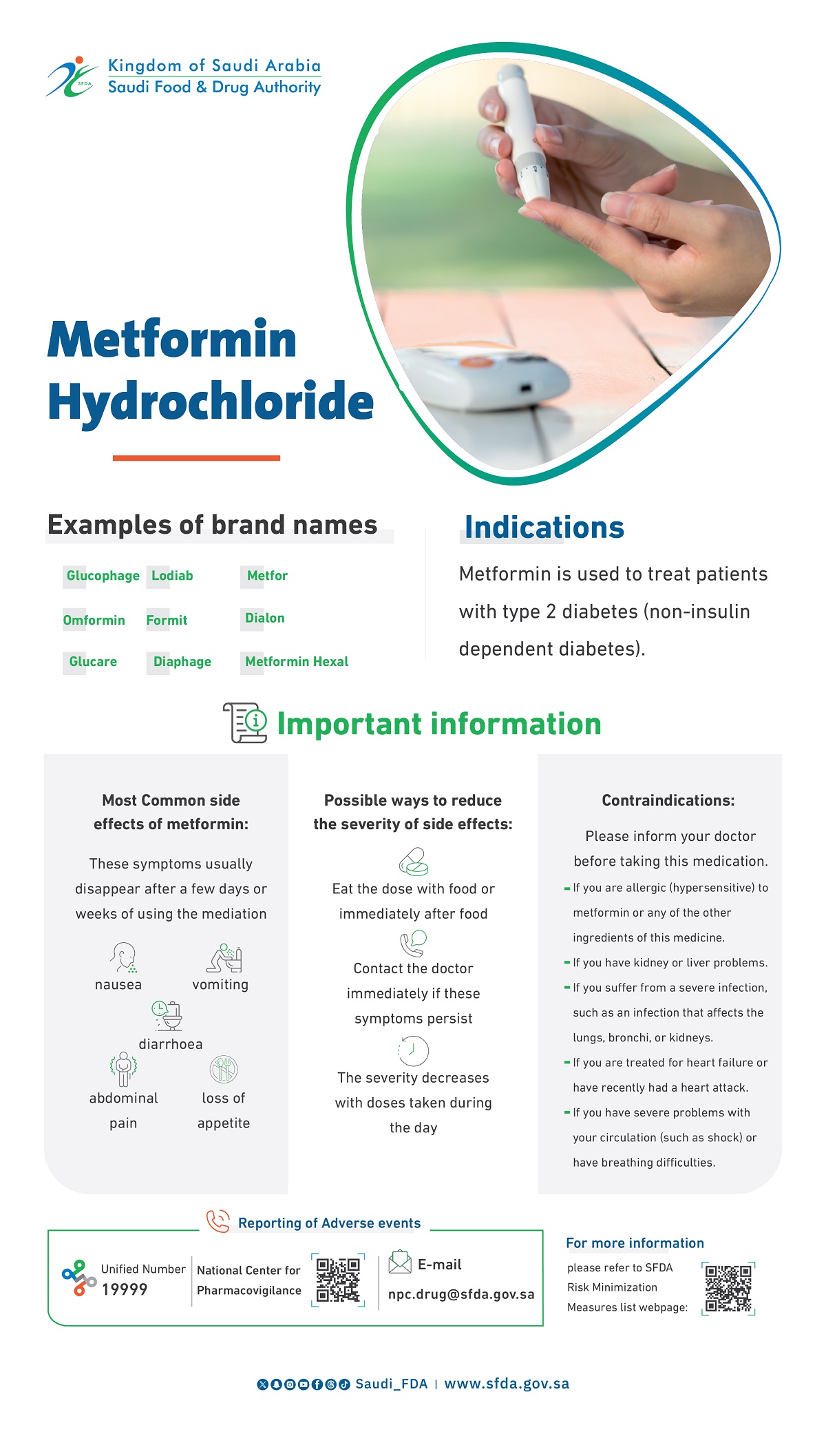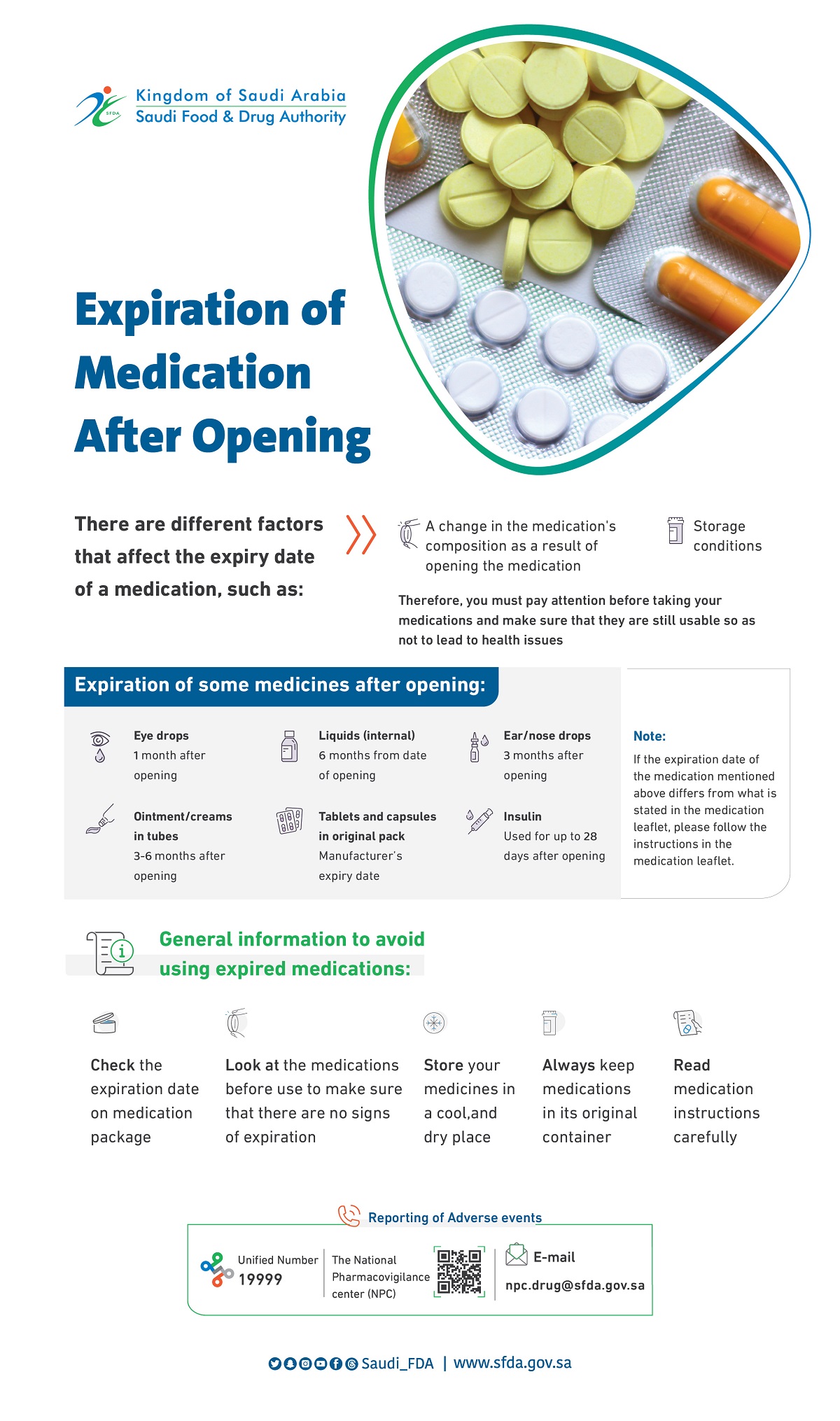
Naltrexone cream helps alleviate chronic itching
Naltrexone cream helps alleviate chronic itching
Naltrexone cream helps alleviate chronic itching
2007-07-03
NEW YORK (Reuters Health) - The application of naltrexone, an "opiate receptor antagonist," to the skin is significantly more effective than placebo in relieving chronic itching, also know as pruritus, in patients with allergic dermatitis, Swiss and German researchers report in the June issue of the Journal of the American Academy of Dermatology.
Naltrexone, also known under the trade names Depade and ReVia, is approved by the US Food and Drug Administration to help patients with addition, by blocking the effects of the drugs.
The approach also seems promising for other types of itching. Other uses of naltrexone may include "persons with dry, irritated skin -- especially the elderly population -- and those with other chronic itching conditions.
However, naltrexone will not work in acute forms of itching, hives or kidney-related itching, lead investigator Dr. Paul L. Bigliardi told Reuters Health.
Bigliardi of University Hospital, Lausanne and colleagues initially conducted an open-label pilot study with 18 patients who had different chronic pruritic disorders.
After 2 weeks of using a topical formulation of 1 percent naltrexone, more than 70 percent of these patients experienced a significant reduction in pruritus. The researchers established a correlation between mu-opiate receptor (MOR) expression in skin biopsies and treatment with topical naltrexone.
The team then went on to conduct a placebo, crossover trial in 40 patients with localized and generalized allergy-related dermatitis with severe pruritus.
Overall, naltrexone was about 30 percent more effective than placebo. It was also faster, taking an average of 46 minutes to reduce symptoms by 50 percent, compared to 74 minutes for placebo. The researchers note that part of the placebo effect may have been attributable to the rehydrating qualities of the placebo cream.
Bigliardi also pointed out that treatment of chronic pruritus is difficult "because the commonly used antihistamines are not efficient." He also noted that there have been "very few studies examining the effects of topically applied active ingredients in pruritus."
He and his colleagues call for further investigation, but conclude that the results "clearly show" the potential of a topically applied opioid receptor antagonist in the treatment of pruritus.
SOURCE: Journal of the American Academy of Dermatology, June 2007.





